Originally published on May 21, 2008 under the title Enjoying Local Abundance. Revised and republished.
How spoiled we are when we truly look at the abundance God has provided us within our own communities! Why should I buy food that has traveled thousands of miles at times, when an abundance is available in my own vicinity simply through doing a little research. The more I reflect on enjoying and supporting local agriculture the more I realize that eating locally is the way to go!
1. Buying locally provides you with the freshest food and ingredients.
Local food is fresher and tastes better than food shipped long distances from other states or countries. Local farmers can offer produce varieties bred for taste and freshness rather than for shipping and long shelf life. The average food travels 1,300 miles from farm to table! That means it needs a lot of preservatives and added chemicals to make it last! Refining and processing allow these products to store for months. Supermarket food often travels seven to fourteen days before arriving in your local supermarket. By then, it lacks significant nutritional benefit, making it hardly worth the cost. Make your dollar count!
When trying to find local food that is free of pesticides (to get the most nutrition without the harmful chemicals), make sure to ask! Many local farmers cannot afford the cost to become certified organic, but they make every effort to keep eco-friendly practices. Simply ask them if they use sprays and how they raise their products, and you will know whether it is a quality food source or whether you should look elsewhere.
2. Buying locally is beneficial for the environment.
Local food doesn’t have to travel far. This reduces carbon dioxide emissions and packing materials. When you buy local food, you vote with your food dollar. This ensures that family farms in your community will continue to thrive and that healthy, flavorful, plentiful food will be available for future generations. This is another small way we can be good stewards of the world around us! You are also supporting local farmers and their efforts to provide quality products.
3. Buying locally is often cheaper when you buy in season.
Buying according to the what is in season is definitely cheaper! It doesn’t have to travel very far to your table and thus doesn’t have all those additional costs for transportation and perservation. From my experience, I have found that shopping at the farmers market or local farm stand is a very frugal option. From March-November, our farmer’s market is open, offering us quality produce for just around $15-20 per week, and we eat a lot of produce!
4. Buying locally is so much fun!
Getting to know farmers in the area is quite enjoyable! It is refreshing to know where your food is coming from, knowing how farmers go about producing their goods, and to get to knows them in the process is a great joy. The commercial food industry has fallen short (read more in my review of In Defense of Food), resorting to inhumane practices, harmful pesticides and preservation techniques, so it is growing more and more important to know where your food is coming from!
Even if you do spend more to buy locally, you can be assured that more often then not, the quality is superior, meaning you are getting more nutrition for your dollar.
Where to find local food?
Eat Well Guide -is an online directory of sustainably raised meat, poultry, dairy, and eggs. Enter your zip code to find healthful, humane, and ecofriendly products from farm, stores, and restaurants in your area. This guide includes listings for US & Canada. It is awesome!
Eat Wild -lists local suppliers for grass-fed meat and dairy products.
Local Harvest – helps you connect with local farmers, CSAs, and farmers’ markets.
Pick Your Own – find local farms with fruits and berries. Make sure to ask if they spray. You want to avoid those pesticides!
Check out restaurants in your area through Eat Wild (select your state, and then click on the right side bar “Beyond the Farm” for a full listing of restaurants) & Chef’s Collaborative.
Another recent find has been Edible Communities which is a network of excellent local magazines on local food. Edible Portland is for me!
What foods are in season?
Check out these fun resources: Epicurious offers a table that includes what is in season by state and then provides shopping guides and recipes for using those items. You can also find a seasonal guide at Sustainable Table.
How to find the best deals on local food?
Look outside the city. I have found I can get far better deals if I look to communities outside of the city. Just a few miles north of us can provide me with a significant discount of berries each summer. Or buying meat from Tillmook, a few hours drive south of us, provides us with $2 per pound grass-fed meat, versus the $4-5 per pound cost in town.
Find local farm stands. Local farm stands are one of the best providers for our seasonal produce. CSA’s are a great option, but they are usually significantly more expensive than buying at a farm stand or farmer’s market. Plus, you usually can get more for your money than through a CSA’s and still be supporting the local farmers.
Local Food Sources & Restaurants – NW Washington & Portland
If you live in close proximity to us, you are in luck! I have compiled a huge resource of local food sources, restaurants, CSAs & markets in the area. You can check it out at my Local Resources page.
Further Resources
Food Routes – a national nonprofit dedicated to ‘reintroducing Americans to their food – the seeds it grows from, the farmers who produce it, and the routes that carry if from the fields to our tables.’
Animal, Vegetable, Miracle by Barbara Kingsolver – the story of one families journey to eat locally!
Local Flavors: Cooking and Eating from America’s Farmers’ Markets by Deborah Madison
Coming Home to Eat: The Pleasures and Politics of Local Food by Gary Paul Nabhan
Holy Cows And Hog Heaven: The Food Buyer’s Guide To Farm Friendly Food by Joel Salatin
Check out your packaging! Where are these items coming from?
Have fun exploring the bounty that surrounds you! Every little step is making progress! We started with CSA, then we began visiting our local farmer’s market, and now I am starting to check out my labels for other items! You would be surprised how far things can travel before getting to your table! While shopping at Costco, I found organic salsa produced in Eugene, OR which is just two hours south of us. I also found raisins grown and produced in Oregon as well. It’s surprising what you can find when you look a little closer!
![]() Nurse exclusively as long as you are able – it’s frugal, it’s healthy, and it’s simple! When you baby can sit up and starts really actively desiring food, then let them begin exploring with food. If they are not interested until 9 or 10 months (or later), don’t worry about it. Rushing it will not be fun for you or your baby. With my first daughter, Karis, we were able to hold off until 8 months of age before beginning solids. Titus started just a bit earlier around 7 months.
Nurse exclusively as long as you are able – it’s frugal, it’s healthy, and it’s simple! When you baby can sit up and starts really actively desiring food, then let them begin exploring with food. If they are not interested until 9 or 10 months (or later), don’t worry about it. Rushing it will not be fun for you or your baby. With my first daughter, Karis, we were able to hold off until 8 months of age before beginning solids. Titus started just a bit earlier around 7 months.


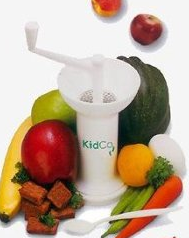

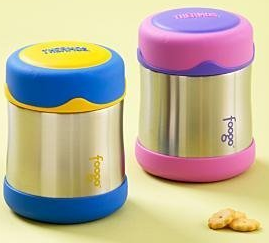
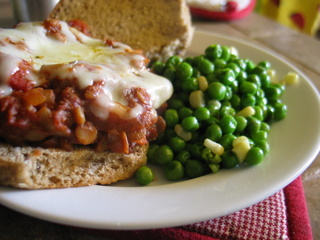

 I have to share my favorite book read of the year!
I have to share my favorite book read of the year! 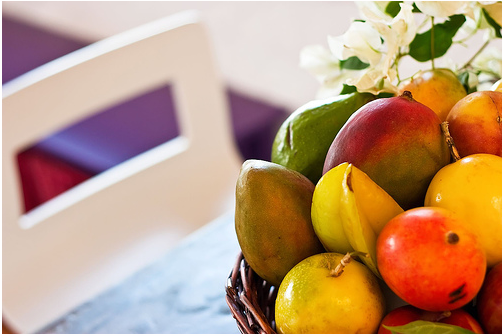
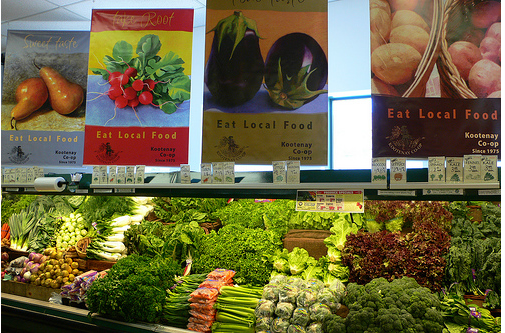
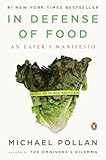 I recently completed
I recently completed 